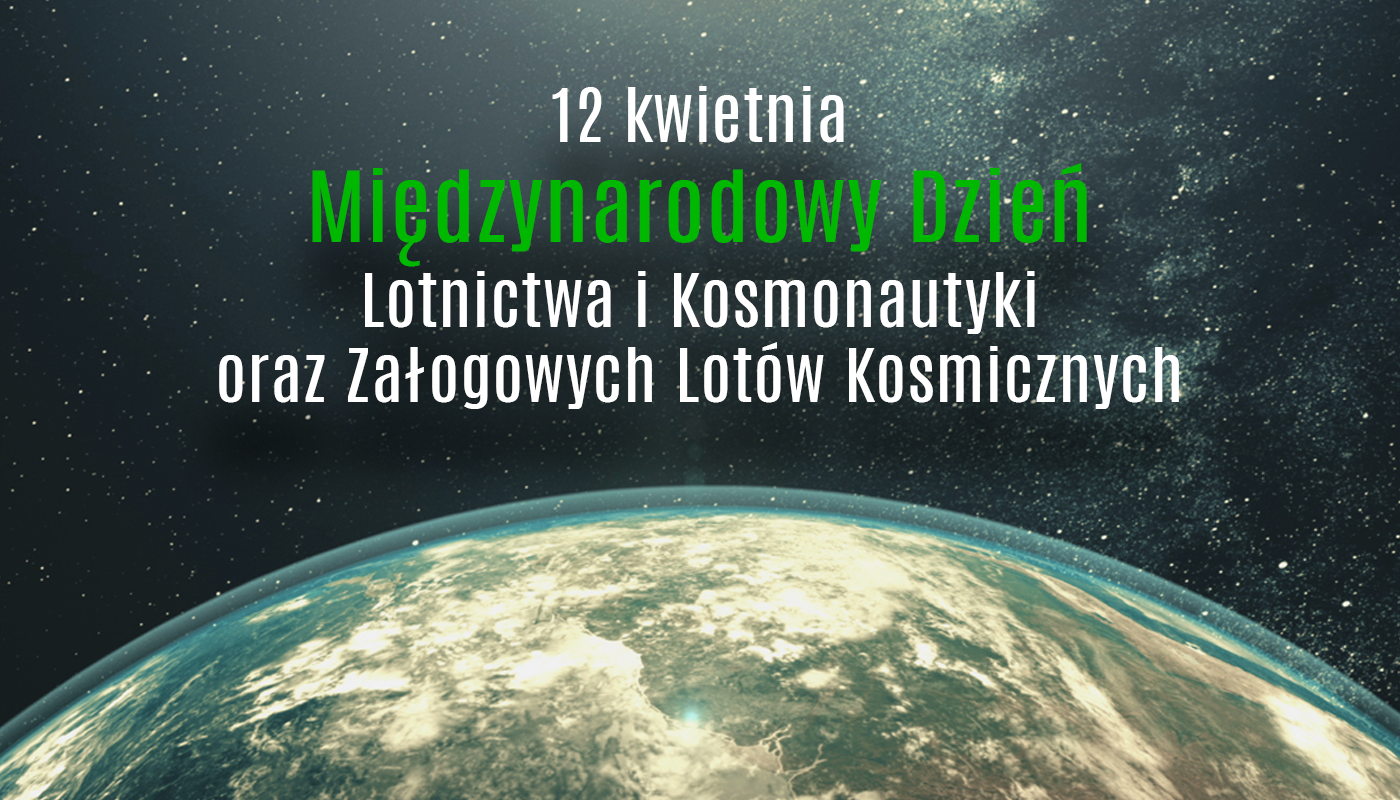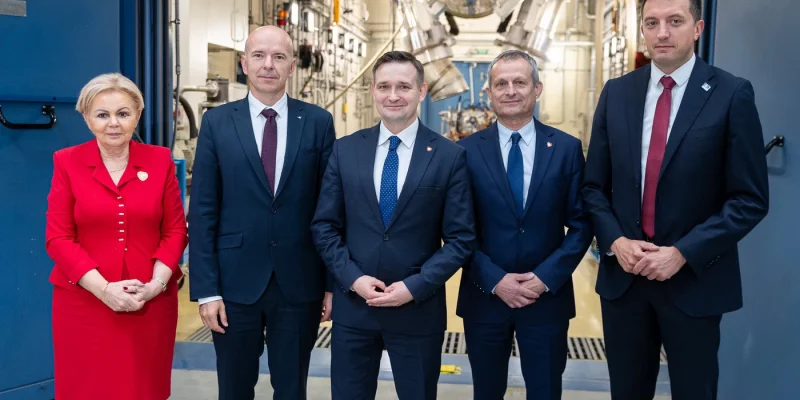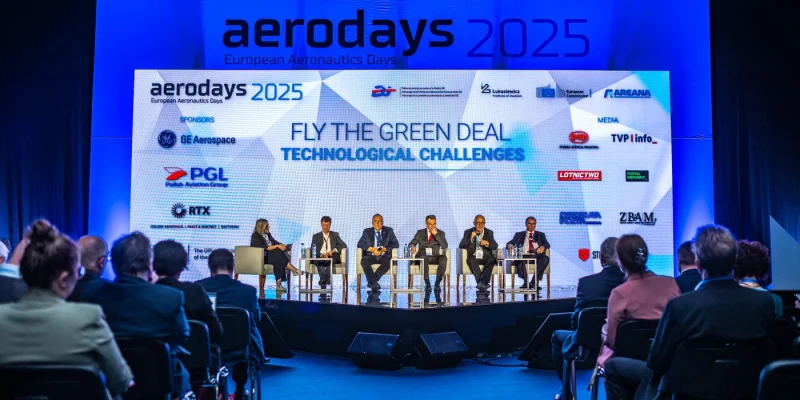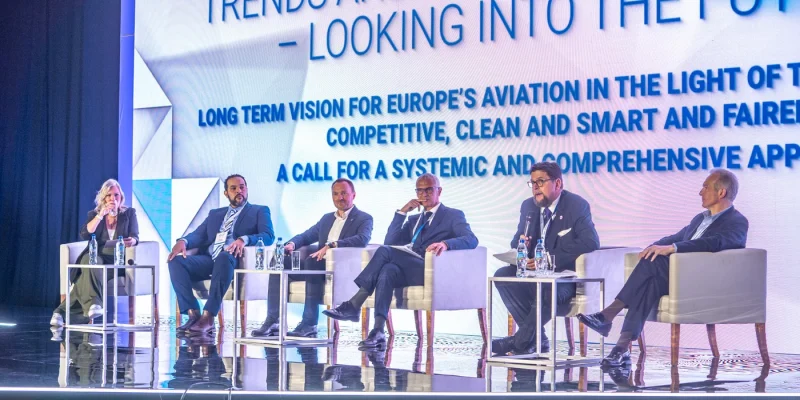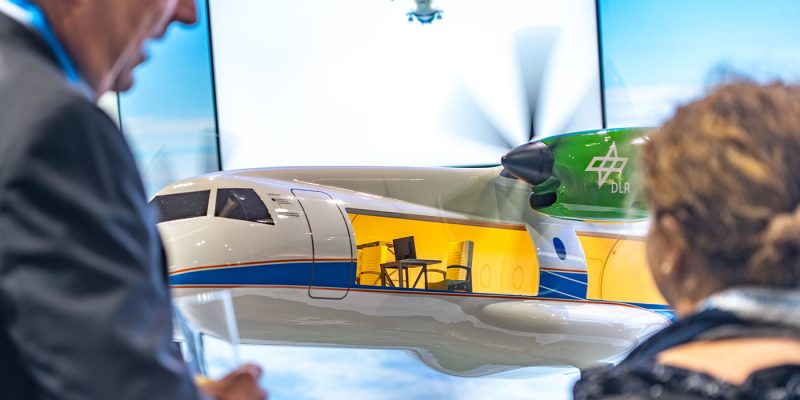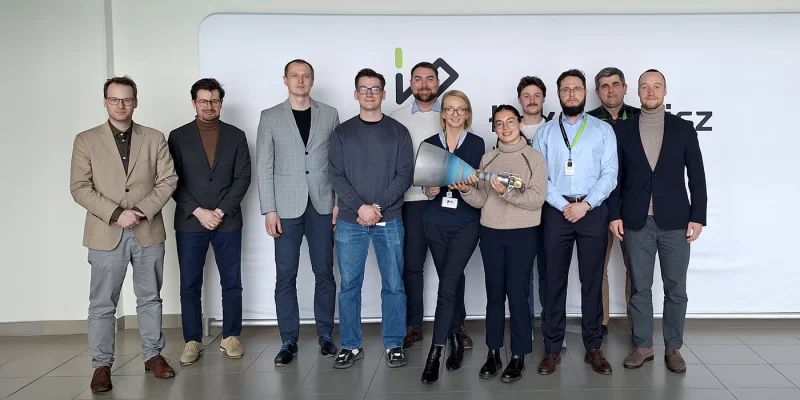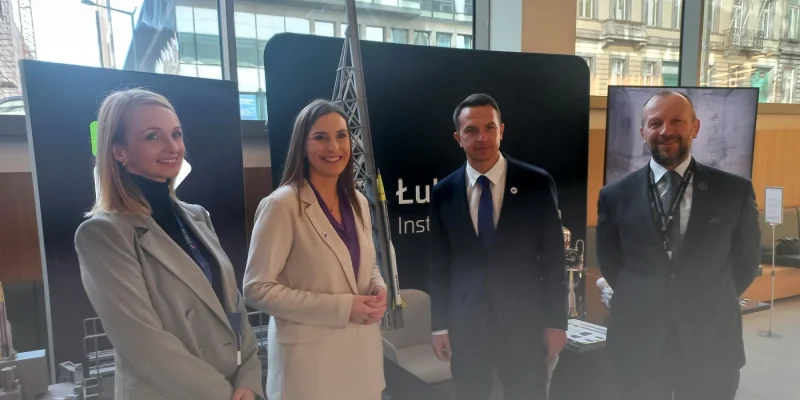On April 12, we celebrate the International Day of Human Space Flight, which was established to commemorate the first human flight into space. Aviation and space technologies are currently developing in completely new directions – new, more advanced versions of aircraft and components are being developed and used, among others, for Mars exploration. Research work on many of them is carried out at the pan-European level, in which the Łukasiewicz – Institute of Aviation is involved.
Examples of such projects are TRAIL and LATTE, which are of strategic importance for the development of aviation. As part of these projects, the high-speed helicopter RACER and NGCTR TD, an advanced version of a new generation tiltrotor aircraft, are being developed.
Engine nacelles
TRAIL is a project co-financed by the European Commission under the Clean Sky 2 program. The project consortium coordinated by Łukasiewicz – Institute of Aviation, was intended to design, test and deliver engine nacelles with an engine suspension for a technology demonstrator of an innovative mixed aircraft (NGCTR TD – Next Generation Civil TiltRotor Technology Demonstrator) developed by Leonardo Helicopters.
“The aim of the project is to minimize CO2 emissions, reduce noise emissions and reduce operating costs, while maximizing speed, efficiency and productivity. Our role was to provide cutting-edge solutions for engine nacelles. The nacelles are made of composites used in aviation. Innovative fire walls and solutions that dampen vibrations and noise were also developed”, explains Marek Tabor, TRAIL project manager at the Łukasiewicz – Institute of Aviation.
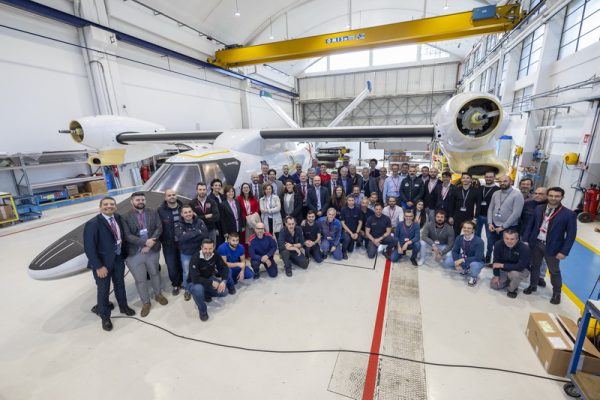
The demonstrator has significant improvements compared to current state-of-the-art tiltrotors. The technologies used in NGCTR TD will be scalable to aircraft of various sizes in the future, in line with market requirements.
RACER high-speed helicopter
Another interesting undertaking is the LATTE project (Clean Sky 2 program), the aim of which is to construct and implement into production a high-speed helicopter in the LifeRCraft mixed system (RACER in the manufacturer’s nomenclature). The project is being developed by Airbus Helicopters, and research work on it was carried out, among others, in Poland, in a consortium with the Czechia. Improving performance, both environmental and acoustic, is a key area of focus for the RACER demonstration program. Aerodynamic optimization can bring savings, e.g. in fuel consumption, thus contributing to reducing the carbon footprint. What tasks was the team of Polish engineers responsible for?
“Our role in the project was to make covers for the rotor head. To reduce air resistance, their shape has been aerodynamically optimized. We have also implemented an innovative air seal system between the moving elements of the cover”, says Rafał Żurawski, LATTE project manager at the Łukasiewicz – Institute of Aviation.
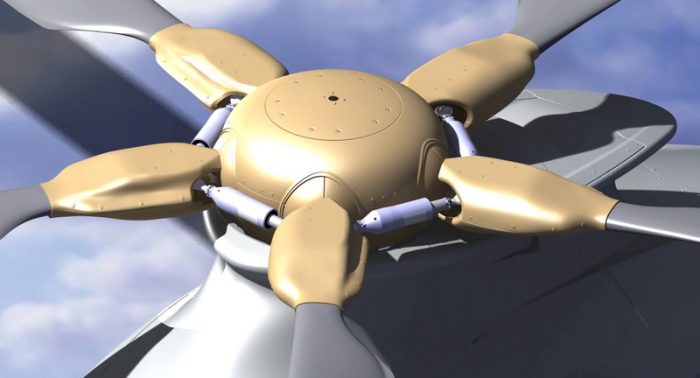
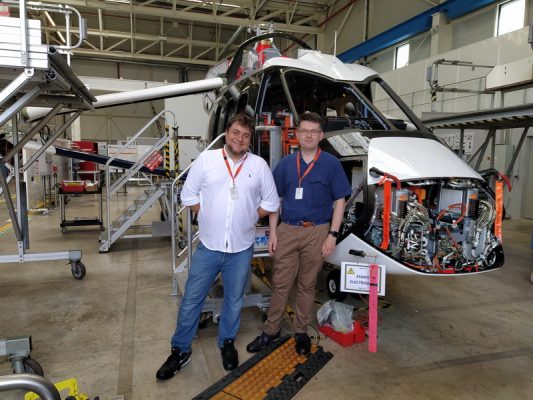
Martian rocket propulsion
Scientists from the Łukasiewicz – Institute of Aviation also develop innovative rocket propulsions. The work is carried out as part of the CHAD project (Investigation of Lox-CO propellant combustion and production for future Mars mission applications), financed by the European Space Agency (ESA). The CHAD project involves planning a return mission from the surface to Mars’ orbit as well as designing and testing a demonstrator of an innovative rocket engine powered by propellants produced from the Martian atmosphere.
“As part of the project, we will design and test a rocket engine demonstrator using liquid oxygen and liquid carbon monoxide as propellants. We will also conduct hot tests of the engine and determine its performance, work procedures and outline further directions of technology development”, explains Aleksander Gorgeri, CHAD project manager from the Space Technologies Center at the Łukasiewicz – Institute of Aviation.
Space propulsion for satellites
The development of liquid apogee engine is carried out as part of the GRACE project, financed by the Polish contribution to the European Space Agency. The project uses the so-called green propellants, including highly concentrated hydrogen peroxide (98%), the production technology of which was developed by the Institute.
“We are currently at the level of verification of the engine engineering model. We conducted experiments in the terrestrial environment. However, the engine itself is designed to operate in a very demanding space environment. The next steps will be preparing an engine close to the flight version and further verification tests in vacuum conditions”, explains Paweł Surmacz, GRACE project manager at the Łukasiewicz – Institute of Aviation.
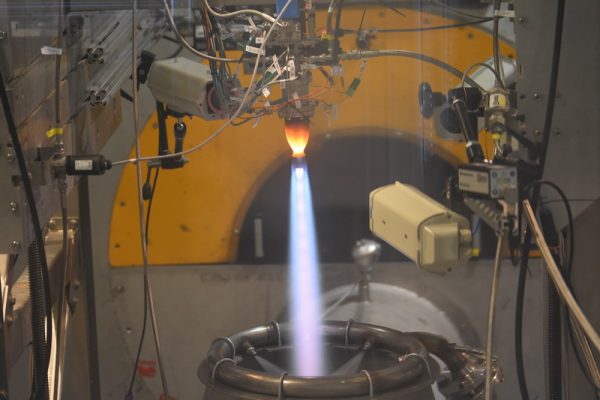
The engine can be used both in future space platforms carrying out demanding missions, including service ones, as well as in the last stages of small launch vehicles (the so-called kick-stage). The Institute is working on the use of this engine, as well as on other propulsion solutions, e.g. in a space vehicle intended to perform regular service missions in space around the Earth.
Space debris
The problem of space debris is a threat primarily to future space exploration, and in particular to Earth’s orbit, which does not mean that we should not fight it now. Currently, the amount of debris in orbit is not large enough to prevent safe satellite operation. However, space debris may contribute to shortening their operation times.
In the case of satellites that would be impossible or unprofitable to service, it is advisable to remove them from orbit within a sufficiently short time. For this purpose, they can be equipped with devices that shorten their stay in orbit after the mission. An example of such a system is a solid-propellant deorbit engine with a thrust vectoring system being developed at the Łukasiewicz – Institute of Aviation, which would be installed on the satellites before they were launched into orbit and would allow them to be safely removed from orbit after the mission.
“The development of technology and the conduct of demonstration missions related to on-orbit servicing and removal of satellites from orbit are key to solving the problem of space debris. Successful demonstrations may encourage satellite operators to implement these solutions in their own satellites”, says Mateusz Krasuski from the Space Technology Center at the Łukasiewicz – Institute of Aviation.
_
The Łukasiewicz Research Network – Institute of Aviation is one of the most modern research facilities in Europe, with traditions dating back to 1926. The Institute closely cooperates with global tycoons of the aviation industry, such as: Boeing, GE, Airbus, Pratt & Whitney, and institutions from the space industry, including the European Space Agency. Strategic research areas of the Institute are aviation, space and unmanned technologies. It also provides research and services for domestic and foreign industries in the field of materials, composite, additive, remote sensing, energy and oil&gas technologies. More: ilot.lukasiewicz.gov.pl/en/
The Łukasiewicz Research Network offers businesses attractive, broad and competitive technological solutions. Łukasiewicz provides a unique “challenge system” powered by a group of 4,500 scientists, who take up a business challenge and present the entrepreneur with potential solutions. At the same time, it provides access to cutting-edge capabilities and unique scientific infrastructure in the country. Most importantly – the entrepreneur does not bear the cost of preparing the conception of the research works. Łukasiewicz conveniently meets the expectations of the business. The entrepreneur can contact Łukasiewicz through an online form on our website https://lukasiewicz.gov.pl/en/business/ but also directly in over 50 locations of Łukasiewicz Institutes and their branches throughout Poland. Each site provides the same, high quality, product or service. Łukasiewicz focused on research areas such as: Health, Smart and Clean Mobility, Digital Transformation and Green and Low-emission Economy.


